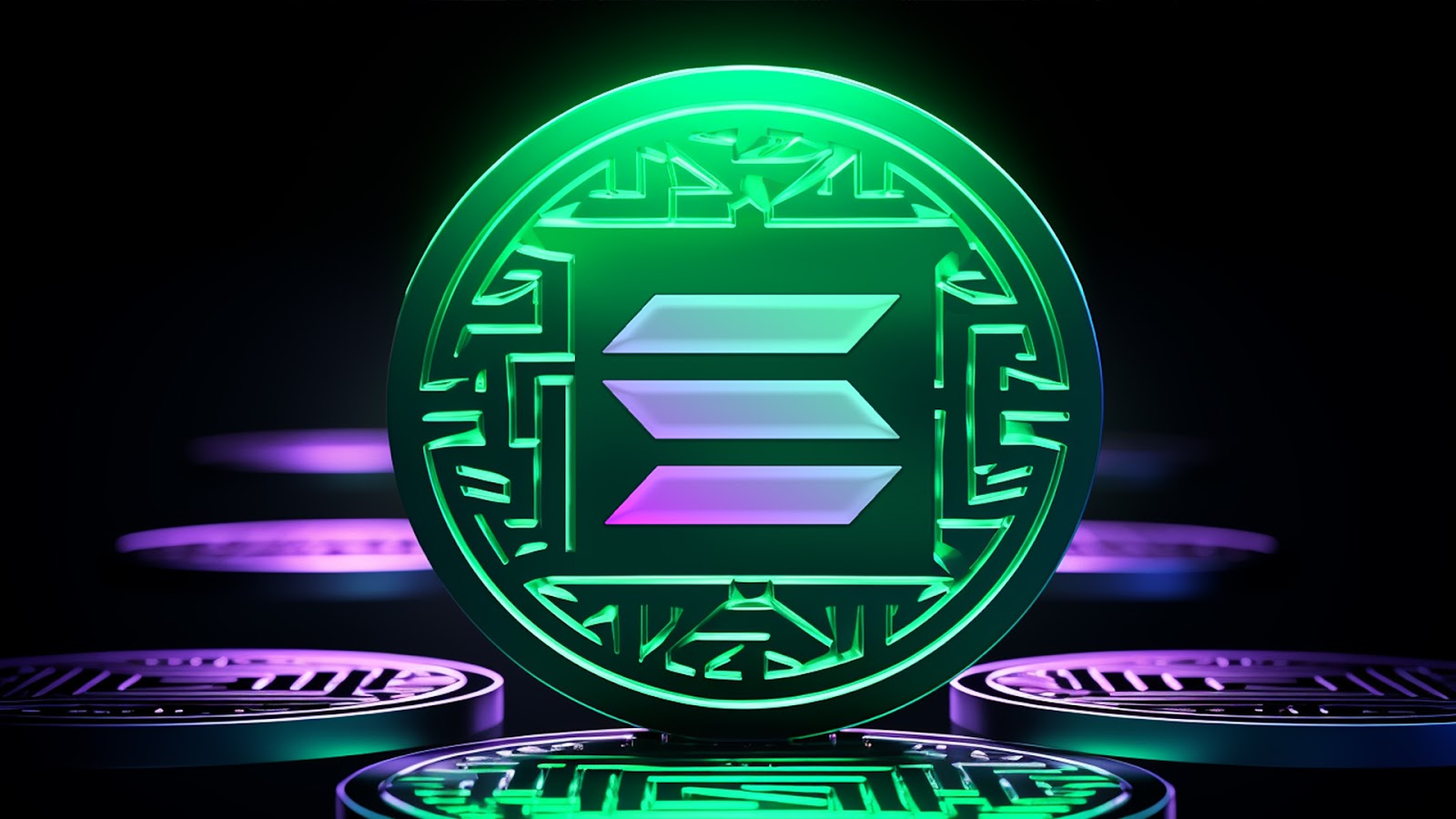
Mempools play a vital role in handling, validating and processing transactions on a blockchain.
A Mempool or memory pool is a method for tracking memory consumption, a Mempool acts as a waiting area for transactions before they are processed by miners and added to the blockchain.
What is a Mempool
A Mempool is a temporary storage area for unconfirmed transactions.
When a user's transaction is first broadcast to the network, it enters a Mempool.
Transactions here await validation by network nodes before being added to a block on the blockchain.
There are equal amounts of Mempools and nodes, not all nodes receive the same transactions at the same time, so some nodes store more information than others at a given time.
The Mempool essentially acts as a queue where transactions line up for processing.
All transactions in the Mempool are visible to all nodes on the network, making it a public ledger of unconfirmed transactions.
Mempools operate on a first-in, first-out basis, all transactions are processed in the order they are received.
Each transaction within the Mempool includes details of: the sender, amount sent, fees paid and the recipient of the transaction.
During periods of high demand, a Mempool may accumulate a large number of transactions that can lead to congestion and increased fees.
Transaction validation is a critical aspect of the Mempool functionality. Transactions must meet certain criteria to be considered valid.
This criteria includes making sure the sender has enough funds to cover the transaction amount and fees.
Transactions must be properly signed for by the sender's private key.
The recipient address must adhere to the blockchain address format, the wrong address would result in a failed transaction.
Mempools help to address any double spending that could occur. When a transaction enters the Mempool, it is broadcast to all nodes in the network, making it visible to everyone, this transparency allows nodes to detect and reject double-spending attempts, enhancing the security and truthfulness of the blockchain.
How a Mempool Works
A transaction’s life within a Mempool consists of a few steps.
-
First, a user initiates a transaction, specifying the recipient, amount and the fee to pay for the transaction. This transaction is broadcast to the network and enters the Mempool.
-
Network nodes validate the transaction to make sure it follows the blockchain rules and consensus mechanism, invalid transactions are rejected, and valid ones remain in the Mempool.
-
Miners select transactions from the Mempool to include in the next block they mine, Once a transaction is included in a block and added the the blockchain is it considered confirmed, and transactions that remain in the Mempool are pending confirmation.
Without a Mempool, users would get denied transactions if they did not specify a proper fee. Even if a fee is too low for a miner to pick up, the transaction will remain on the Mempool until volume drops and miners decide to add that transaction.
Final Thoughts
Mempools are a fundamental part of blockchain networks.
Mempools serve as a gateway for all transactions, with a significant role in transaction prioritization, network efficiency and double spending prevention.
A Mempool is more than just a waiting area, it's a dynamic and integral part of a blockchain, ensuring the smooth flow of transactions.
Want More Cutting-Edge Crypto News?
Follow Us: X TikTok Instagram Telegram LinkedIn
Sign up to our newsletter at the bottom of the page
Check Out Our Top 10 Crypto Currencies of 2023
This article is intended for educational purposes and is not financial advice.


















